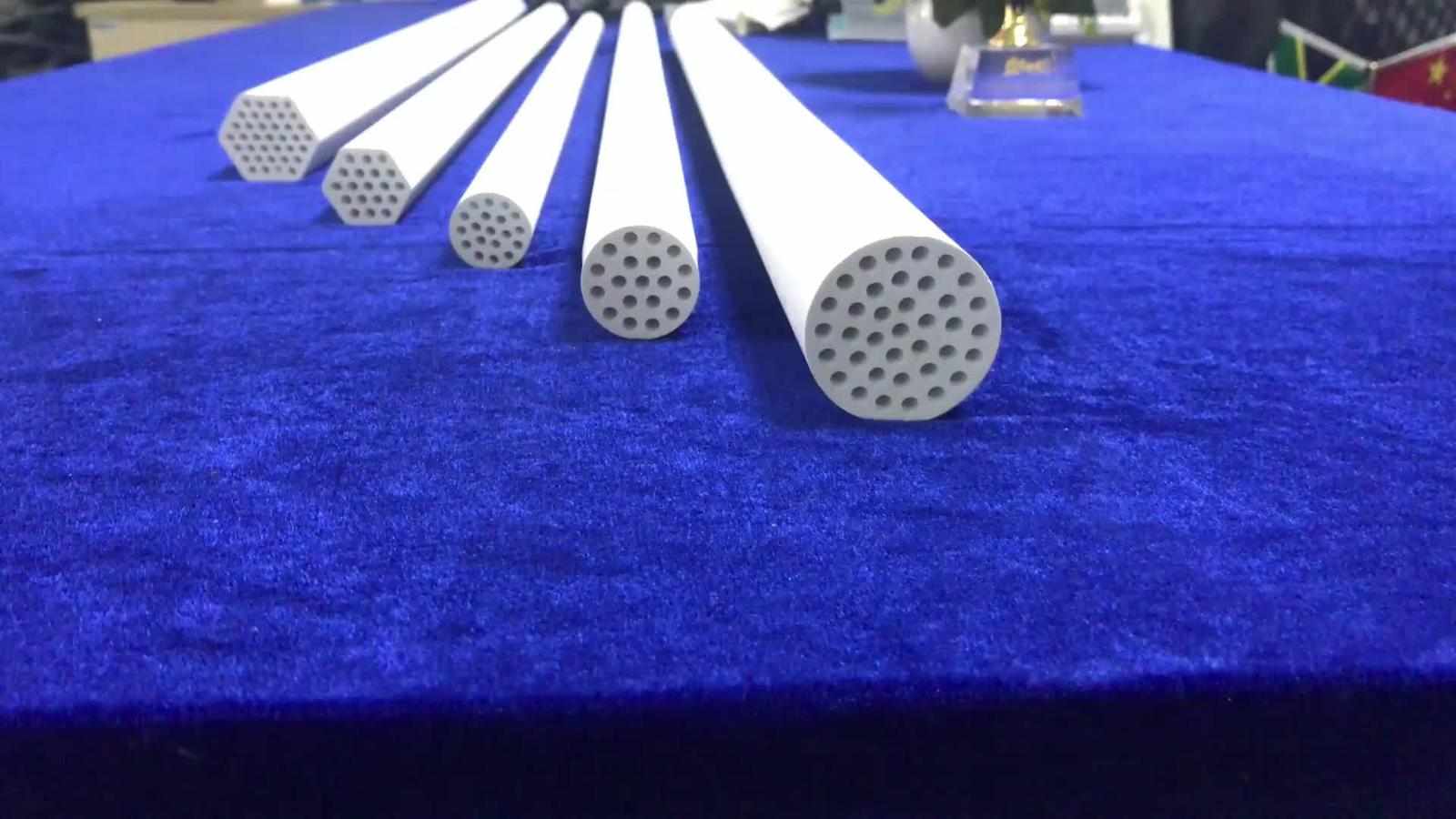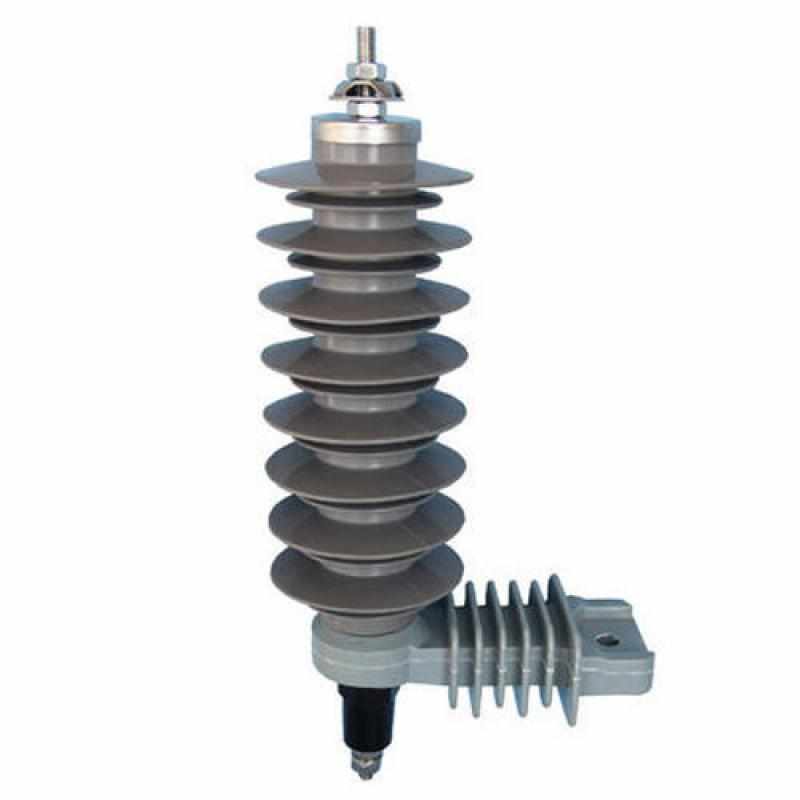
Solar hybrid inverters combine solar energy and battery storage to provide power anywhere, anytime. They convert the direct current (DC) output of solar panels and batteries into alternating current (AC) that powers homes or businesses like conventional electricity. The systems help reduce electricity bills and carbon footprint by utilizing free solar energy during the day and battery power at night.
The solar hybrid inverter market is estimated to be valued at USD 8.07 Bn in 2024 and is expected to reach USD 14.94 Bn by 2031. It is projected to grow at a compound annual growth rate (CAGR) of 9.2% from 2024 to 2031
The key players operating in the solar hybrid inverter market are SMA Solar Technology AG, Solaredge Technologies Inc., Huawei Technologies Co. Ltd., Fronius International GmbH, GoodWe, Schneider Electric, Growatt New Energy Technology Co., Ltd., Exide Industries Limited, Eaton Corporation, and Sungrow Power Supply Co., Ltd.
Demand for Solar Hybrid Inverter Market is growing significantly due to rising need for uninterrupted power supply and supportive government policies promoting renewable energy. Technological advances like higher power ratings, string monitors, and data monitoring capabilities are also fueling the market expansion.
Growing awareness about renewable energy coupled with falling prices of solar panels and batteries is propelling the demand for solar hybrid inverters across both residential and non-residential sectors. Various technological developments like higher power densities, integrated battery management systems, and mobile applications for performance monitoring are further augmenting the product adoption.
Market Trends
1. Growing popularity of off-grid renewable systems: Remote areas and islands are increasingly adopting solar-plus-storage solutions as they provide reliable and affordable power independent of the grid. This is accelerating the sales of solar hybrid inverters specifically designed for off-grid applications.
2. Integration of energy storage: Lithium-ion battery prices have declined sharply, making solar-plus-storage systems more viable for homes and businesses. Inverters are being integrated with intelligent battery management and backup power control functionalities to optimize self-consumption of solar power.
Market Opportunities
1. Supportive government policies: Favorable incentive schemes and subsidies by governments globally are encouraging commercial and industrial facilities to invest in clean energy and storage. This bodes well for advanced solar hybrid inverters uptake.
2. Focus on demand response programs: Two-way communication enabled inverters that support demand response are gaining popularity. They allow utility providers to curb consumption during peak hours by storing solar power in batteries.
Impact of COVID-19 on Solar Hybrid Inverter Market Growth
The COVID-19 pandemic has substantially impacted the global solar hybrid inverter market. The initial months saw a decline in demand as lockdowns halted construction work across major markets. Supply chain disruptions led to delays and postponements of several ongoing solar projects. Both residential and commercial sectors saw limited demand during the peak pandemic phase.
However, the market has started recovering steadily post lockdowns. Greater emphasis on clean and affordable energy coupled with economic recovery measures undertaken by governments worldwide have boosted solar installations. Transition to hybrid power solutions has accelerated as these provide reliable backup during power outages. Growing preference for distributed and off-grid renewable systems has supported rural electrification programs. Incentives for rooftop solar adoption and subsidy schemes for residential battery storage are fueling demand.
Adoption of hybrid inverters is gaining momentum across both developed and developing regions. Their self-sufficient operation makes them ideal for areas with unreliable grid infrastructure. Integration of energy storage and smart monitoring enables optimal power management. With solar component prices declining rapidly, the total cost of ownership of hybrid systems is becoming highly competitive against diesel gensets. Meanwhile, focus on clean energy independence and resilience is stimulating investments in this sector.
Geographical Focus - Concentration and Growth
The Asia Pacific region accounts for the major share of the global solar hybrid inverter market in terms of value. This is primarily attributed to the strong government backing for renewable expansion in China, India, Japan, and Southeast Asian nations. Abundant sunshine, increasing electricity demand, and supportive policies have propelled solar power capacity additions across the region.
Meanwhile, the European market is observing rapid adoption of hybrid solutions amid decarbonization targets. Countries like Germany, Italy, and the UK are front runners regarding solar PV installations and battery storage integration. North America is witnessing augmenting installations of residential hybrid systems, driven by rebates and net metering schemes. Going forward, Africa and Latin America are emerging as high potential territories attributable to their power deficit issues and global initiatives to boost accessibility.
Get more insights on - Solar Hybrid Inverter Market
Get this Report in Japanese Language: 太陽光ハイブリッドインバータ市場
Get this Report in Korean Language: 태양광 하이브리드 인버터 시장
Author Bio:
Priya Pandey is a dynamic and passionate editor with over three years of expertise in content editing and proofreading. Holding a bachelor's degree in biotechnology, Priya has a knack for making the content engaging. Her diverse portfolio includes editing documents across different industries, including food and beverages, information and technology, healthcare, chemical and materials, etc. Priya's meticulous attention to detail and commitment to excellence make her an invaluable asset in the world of content creation and refinement.
(LinkedIn- https://www.linkedin.com/in/priya-pandey-8417a8173/)




















Write a comment ...